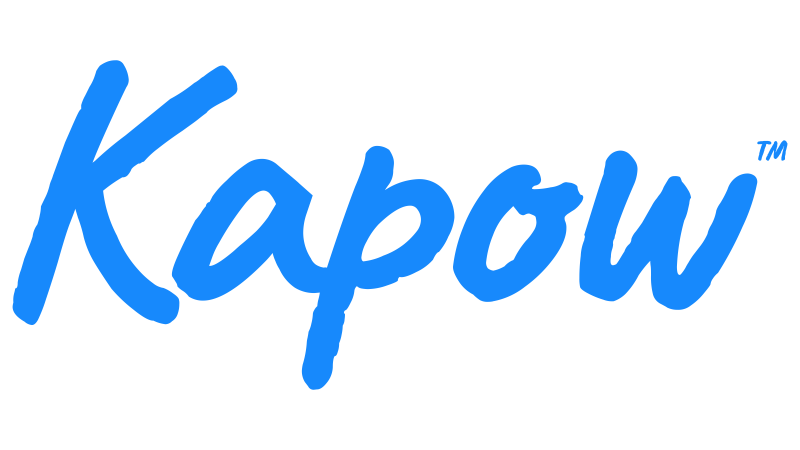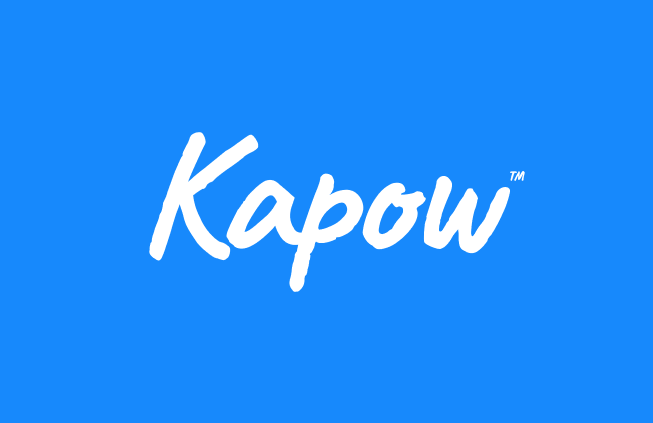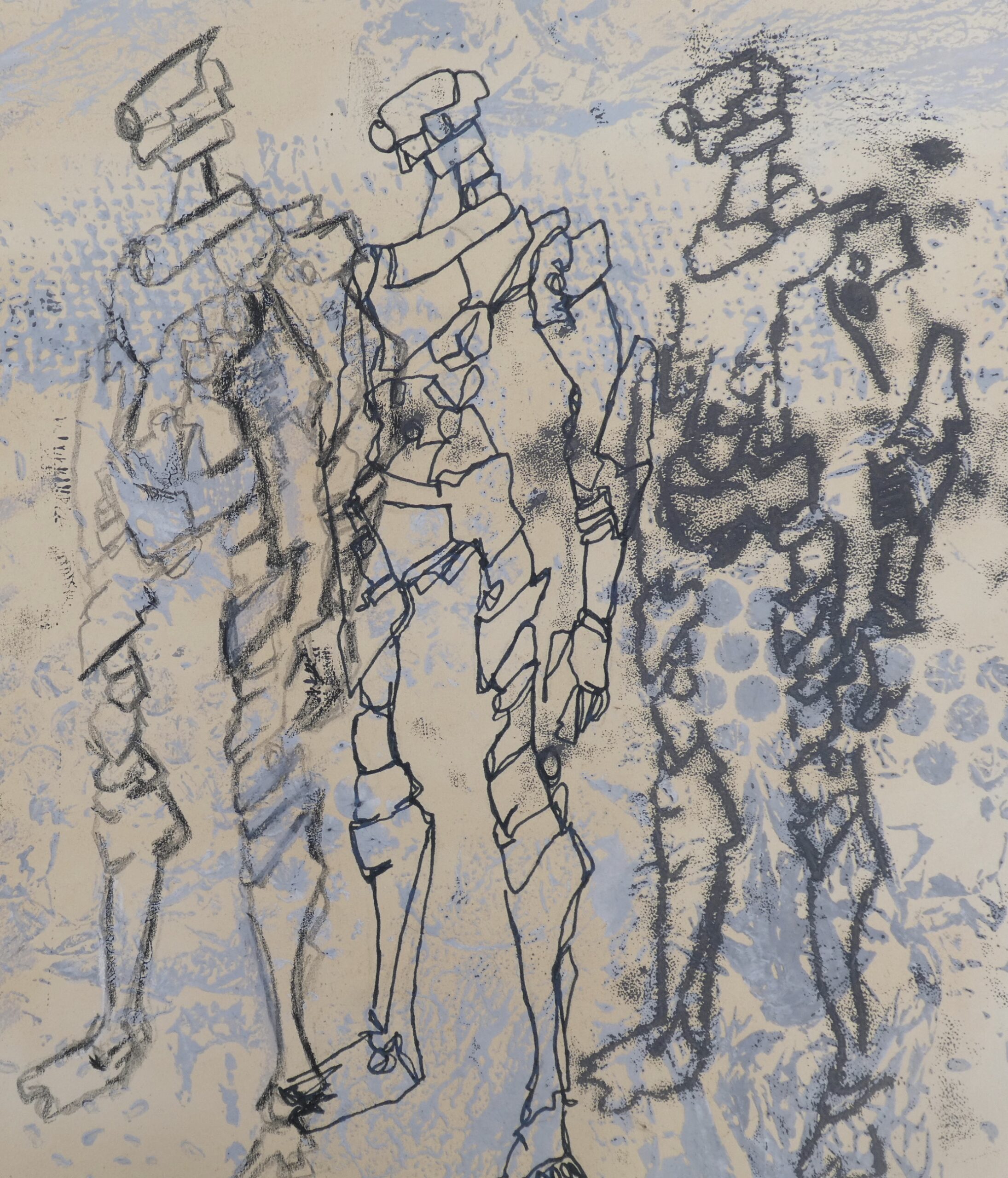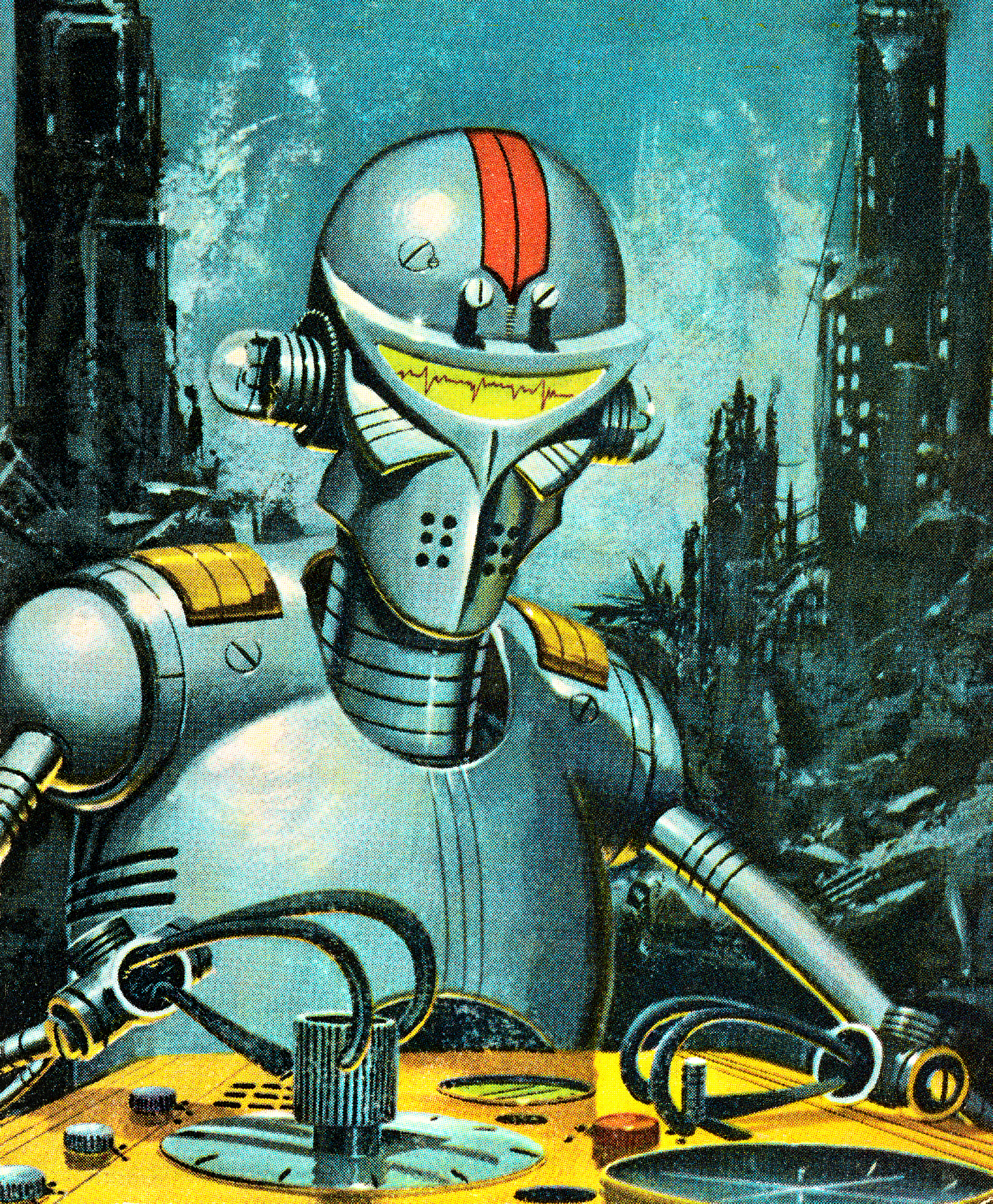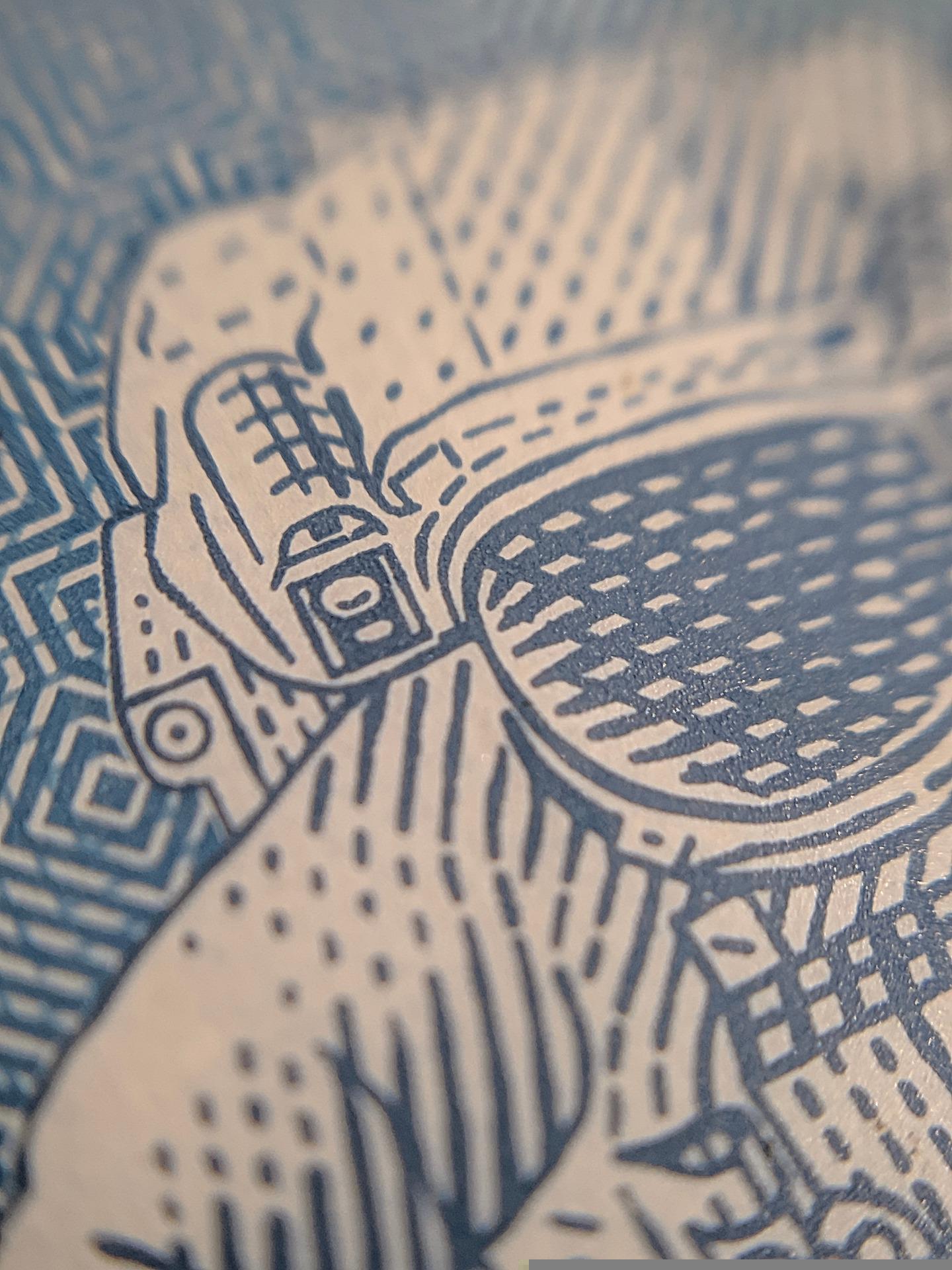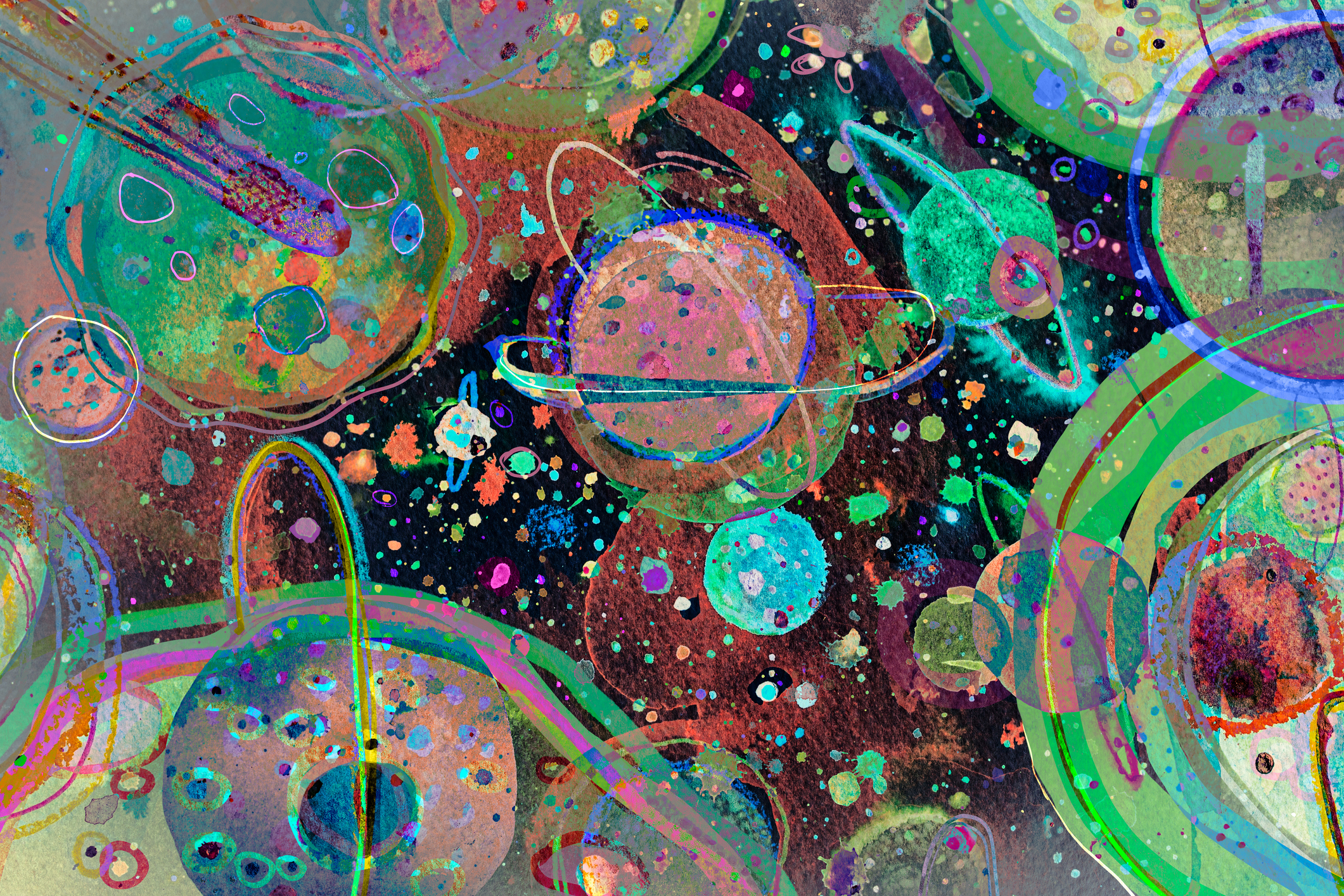Learning intention
- To test and develop ideas using visual journals.
Success criteria
- I can generate ideas about the future.
- I can
This content is for subscribers only. Join for access today.
Cambridge Primary Art & Design (0067) Learning objectives
Experiencing
E.01 Encounter, sense, experiment with
This content is for subscribers only. Join for access today.
Before the lesson
This content is for subscribers only. Join for access today.
Lesson plan
Recap and recall
Show the Presentation: Fact sharing. In pairs, learners recall what they know about the collagraph printing process using the questions on the slide.
This content is for subscribers only. Join for access today.
Extended-mode explainer videos
How to extend your display to view the lesson page and preseantion mode simultaneously. Choose your operating system below to watch the video
If you need further support with extending your display,
please contact [email protected].
Differentiation
Learners needing support:
- Should look at printed pictures of futuristic items (e.g., cars, robots, buildings) to help with ideas.
- Could copy from the pictures to help with their own drawings.
- Could trace the pictures lightly, then build on them to develop their own designs.
Learners working at a stretch:
- Should add notes to their visual journals about how their pictures could be used (e.g., a poster, a book cover or an album cover).
- Could add text, thinking about what message or title would fit their designs.
This content is for subscribers only. Join for access today.
Assessing progress and understanding
Learners with secure understanding can:
- Make different drawings and notes to show their
This content is for subscribers only. Join for access today.
Vocabulary definitions
-
collagraph
A printmaking process that uses textures to create interesting surfaces within a print.
-
collagraphy
A collage of materials of various textures glued on to a printing plate, often a thin wood or cardboard.
This content is for subscribers only. Join for access today.
In this unit
Lesson 1: Space imagery and retrofuturism
Lesson 2: Drawing decisions
Lesson 3: Teis Albers
Lesson 4: A vision of the future
Lesson 5: Revisiting ideas
